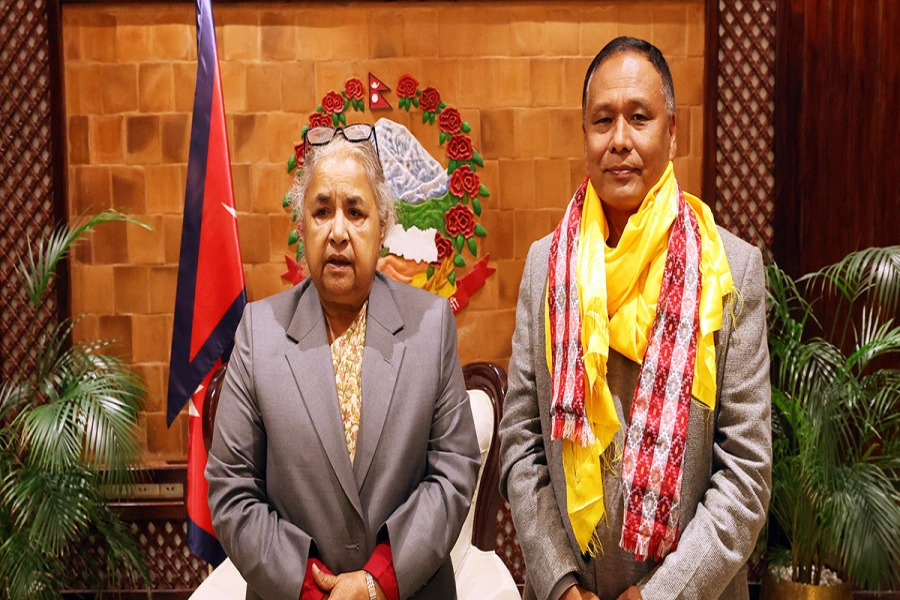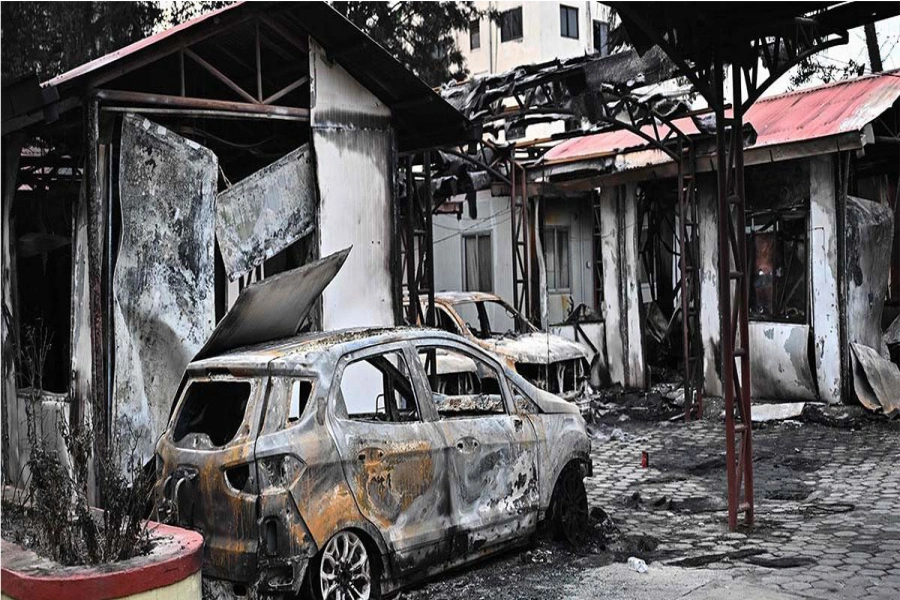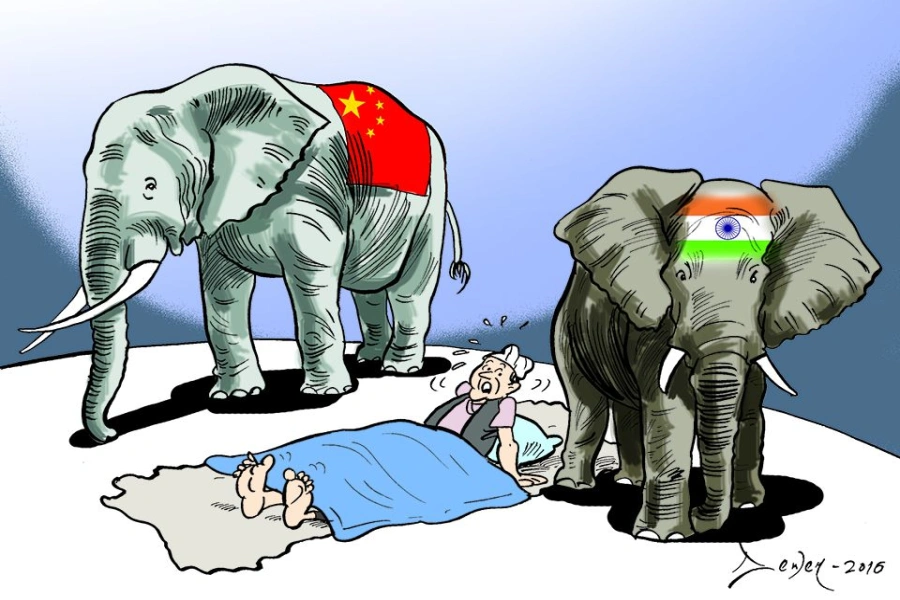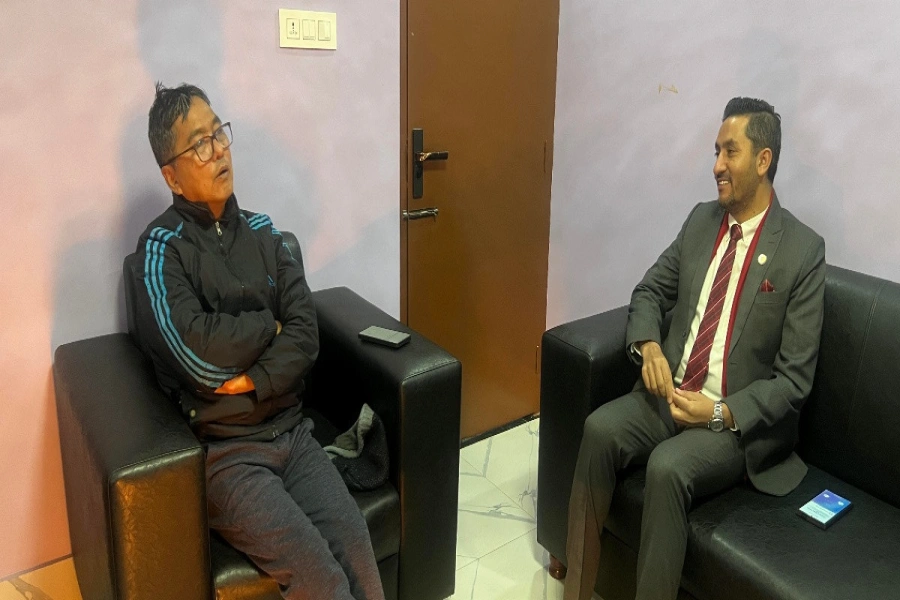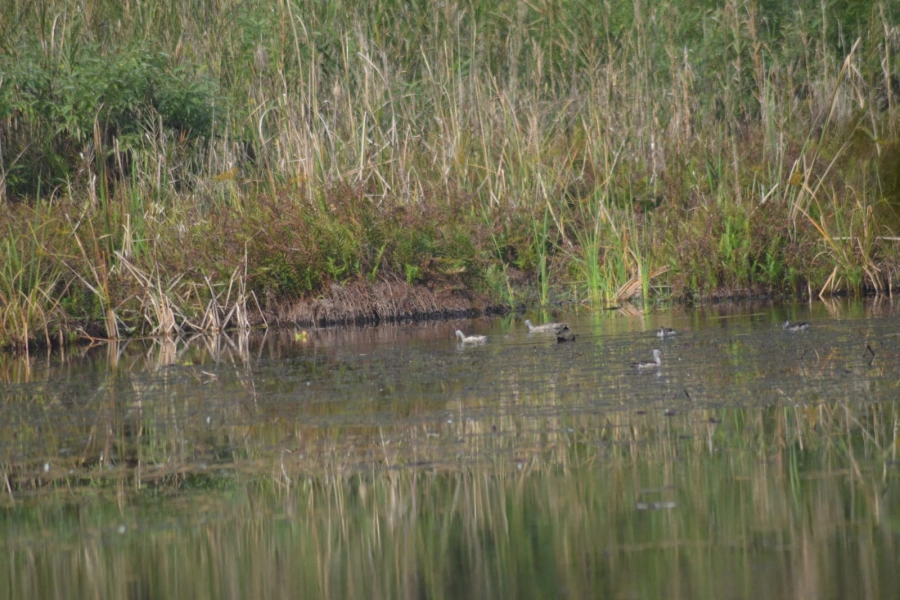KATHMANDU, Feb 24: Nepal and India have missed yet another deadline to complete Detailed Project Report (DPR) of Pancheshwar Multipurpose Project.
A meeting of a bilateral mechanism of the two countries to expedite development projects held in November last year had agreed to complete tasks of finalizing the DPR by mid-February. But it did not happen.
Secretary of the Ministry of Foreign Affairs Shankar Das Bairagi and Indian Ambassador to Nepal Ranjit Rae had co-chaired the meeting.
Pancheshwar DPR was also one of the key issues deliberated in the Joint Steering Meeting co-chaired by power secretaries of both the countries held in Kathmandu on February 14.
Indian state-owned company WAPCOS Ltd, the consultant for the multi-purpose project, has already submitted draft of the DPR to the Pancheshwar Development Authority (PDA). But the two governments have not given their opinion on the draft yet.
Pancheshwar DPR: India assures yet again, Will this time be dif...

The PDA is a joint entity formed by Nepal and India to implement the project.
The Ministry of Energy has received opinion from experts on the draft. However, it is yet to evaluate the opinions and formalize it before submitting it to the PDA. “The ministry has formed a panel under Joint Secretary Pravin Aryal to evaluate experts' opinion and finalize the government's opinion on the draft DPR,” Gokarna Raj Pantha, the deputy spokesperson of the energy ministry, told Republica.
The committee is expected to complete its tasks within three weeks, an official of the energy ministry said.
The ministry had sought opinion on the draft from former energy secretary Shri Ranjan Lacaul and former Director General of Department of Electricity Development Lekhman Singh Bhandari.
Issues pertaining to sharing value added water of the 5600-megawatt project and project development fund are some of the key issues in the DPR that need to be sorted out as Nepal wants the price of water which it cannot use.
The project is being developed in the modality of sharing project development cost and benefits equally.
As per the Mahakali Treaty signed some 22 years ago, investment will be made by the countries on the basis of the benefits that they get. But the two sides are expected to have differing views on value of benefits like irrigation facility and flood control.
WAPCOS Ltd will incorporate comments received on drafts from both the governments and present the final report in the meeting of Joint Committee on Water Resources co-chaired by Secretaries of Ministry of Energy of Nepal and Ministry of Water Resources of India.
A study conducted in 1995 said that water released by the project can irrigate about 1.6 million hectares of land in India and a mere 93,000 hectares in Nepal. Saying that the benefit of flood control for India will be huge, government officials say that the benefit of flood control should also be counted in monetary terms.
Price of energy is also important to make the project feasible. Nepali government officials say that price is important for making the project bankable. They have suggested that value of value added water released by the project should be counted to make the project feasible.
The project was stalled for nearly two decades until Indian Prime Minister Narendra Modi took it forward after during his visit to Kathmandu in August 2014.


